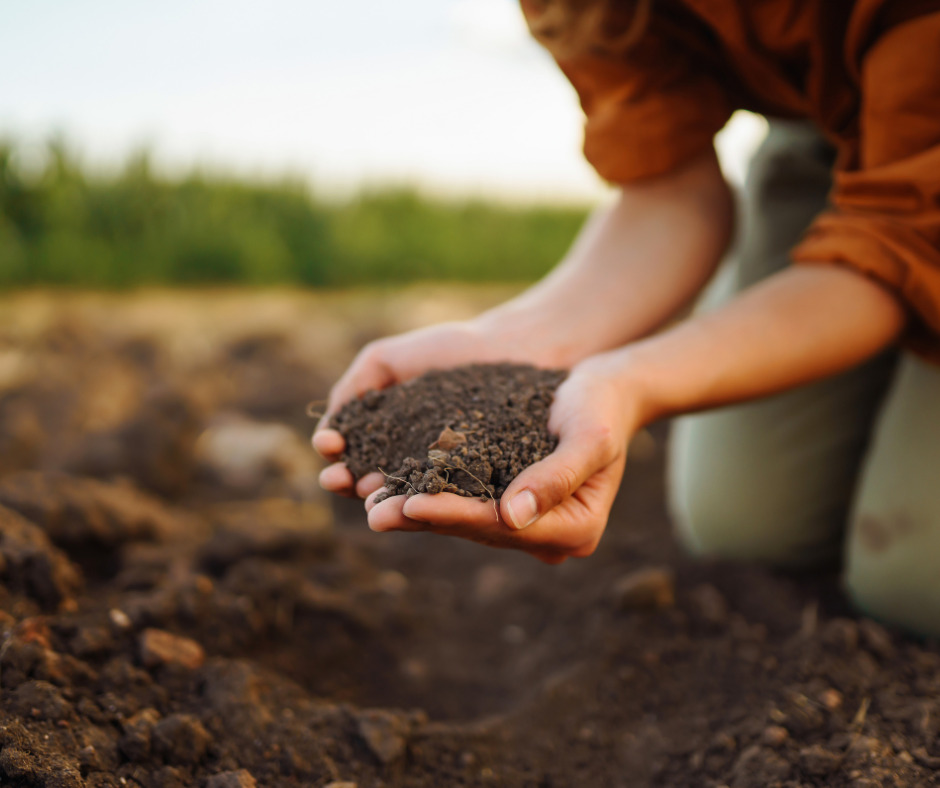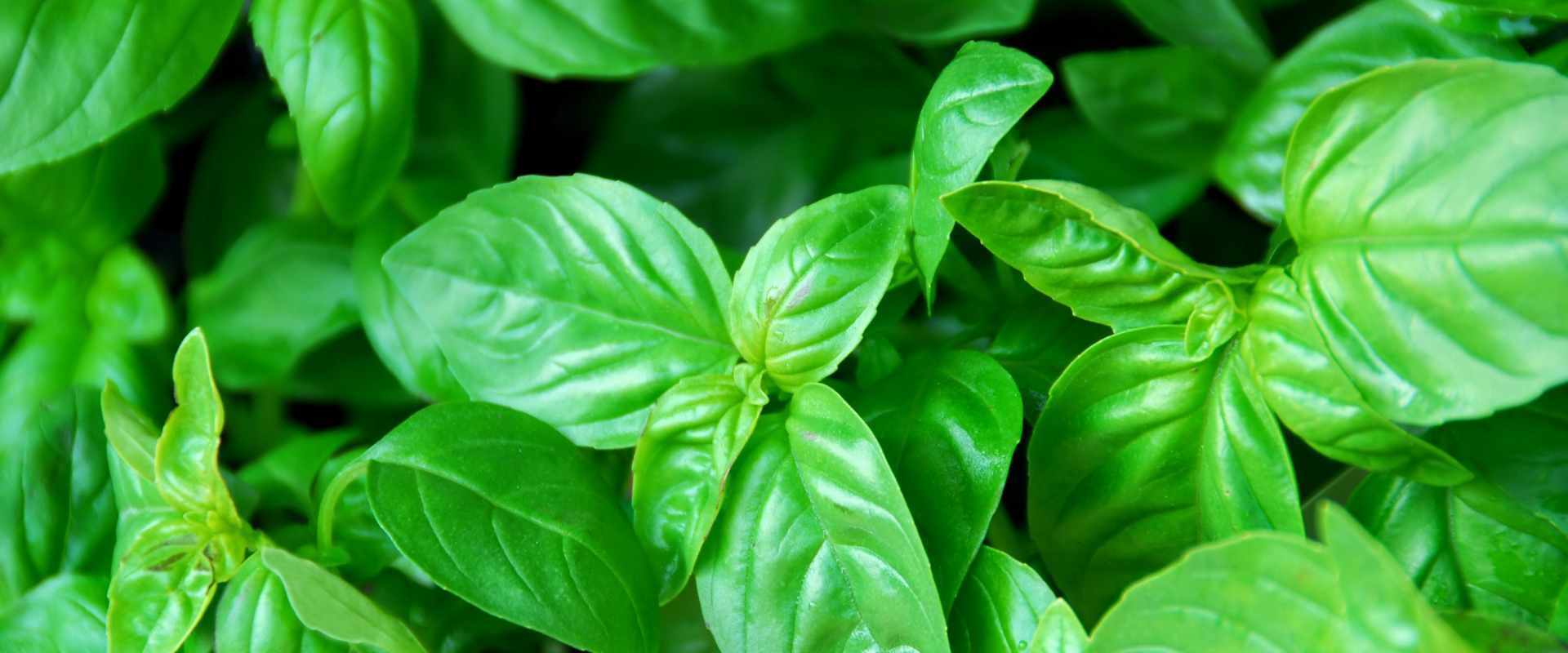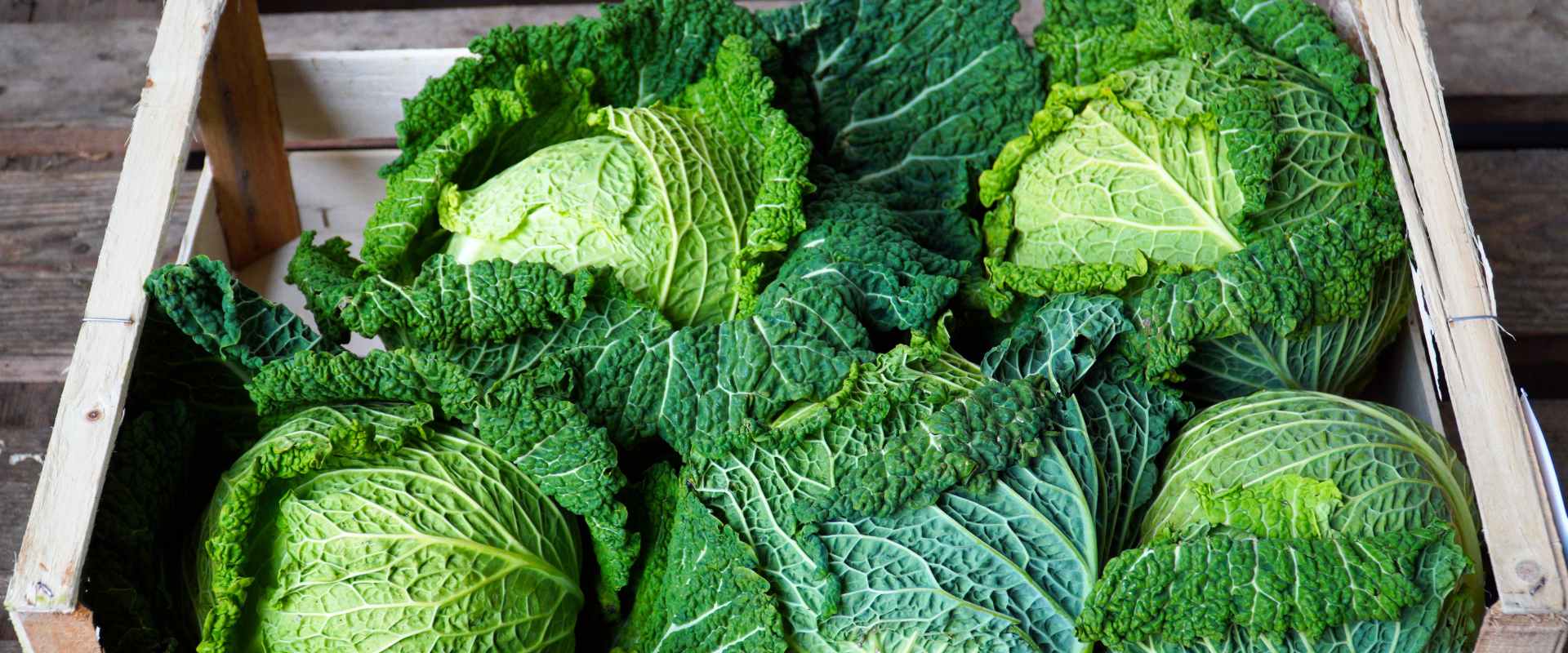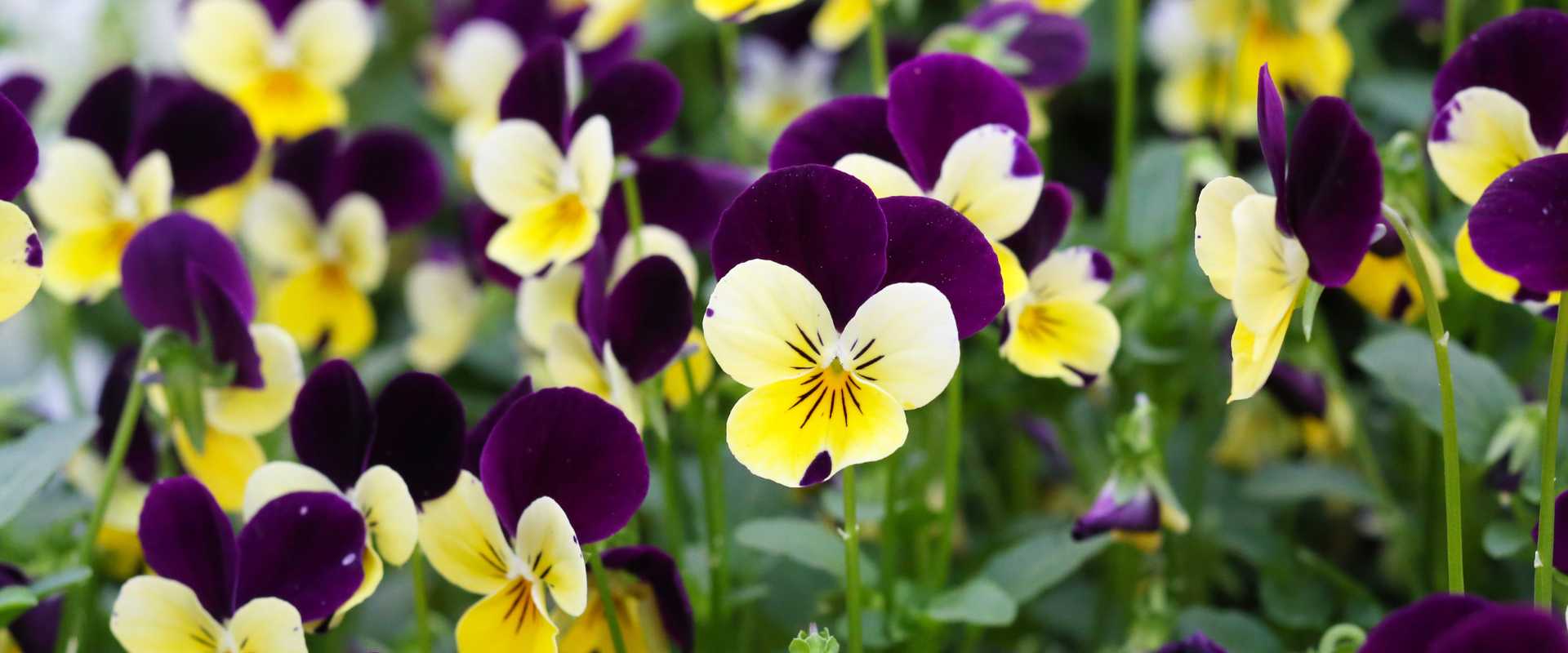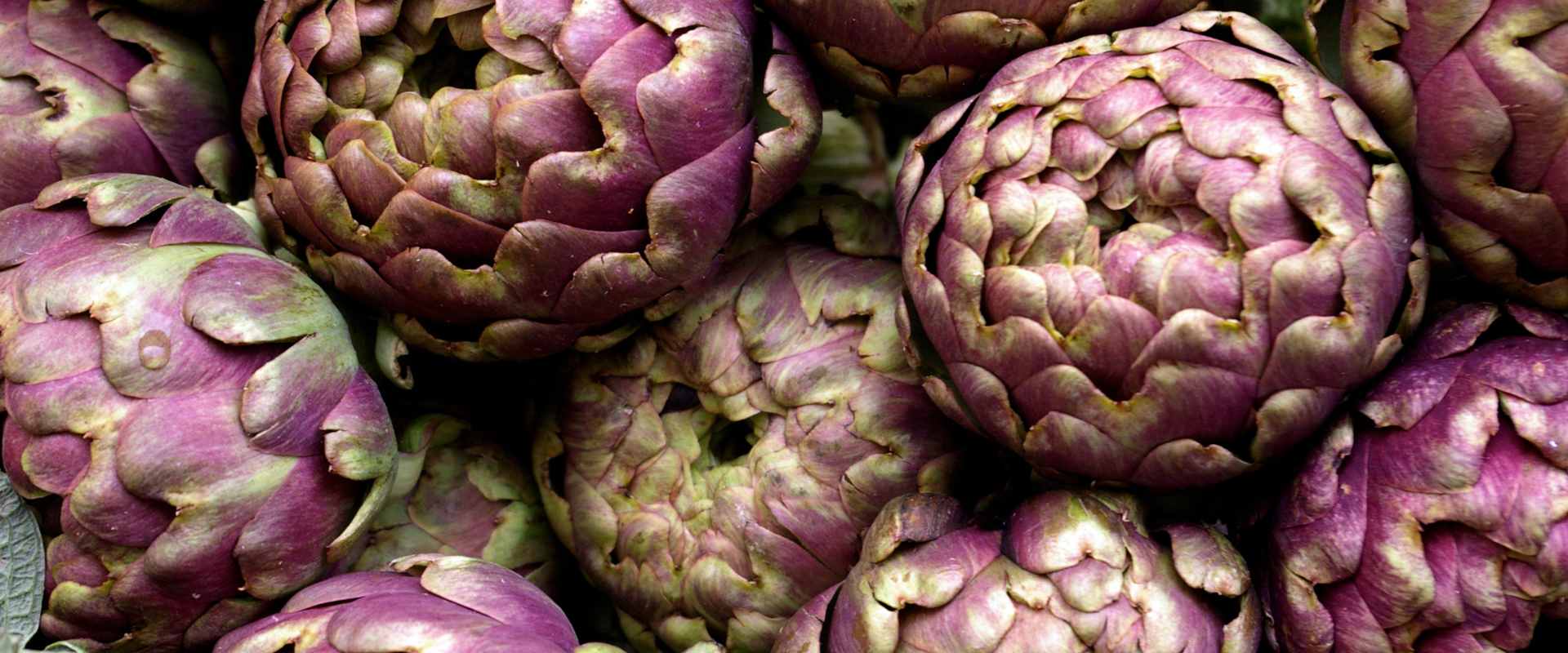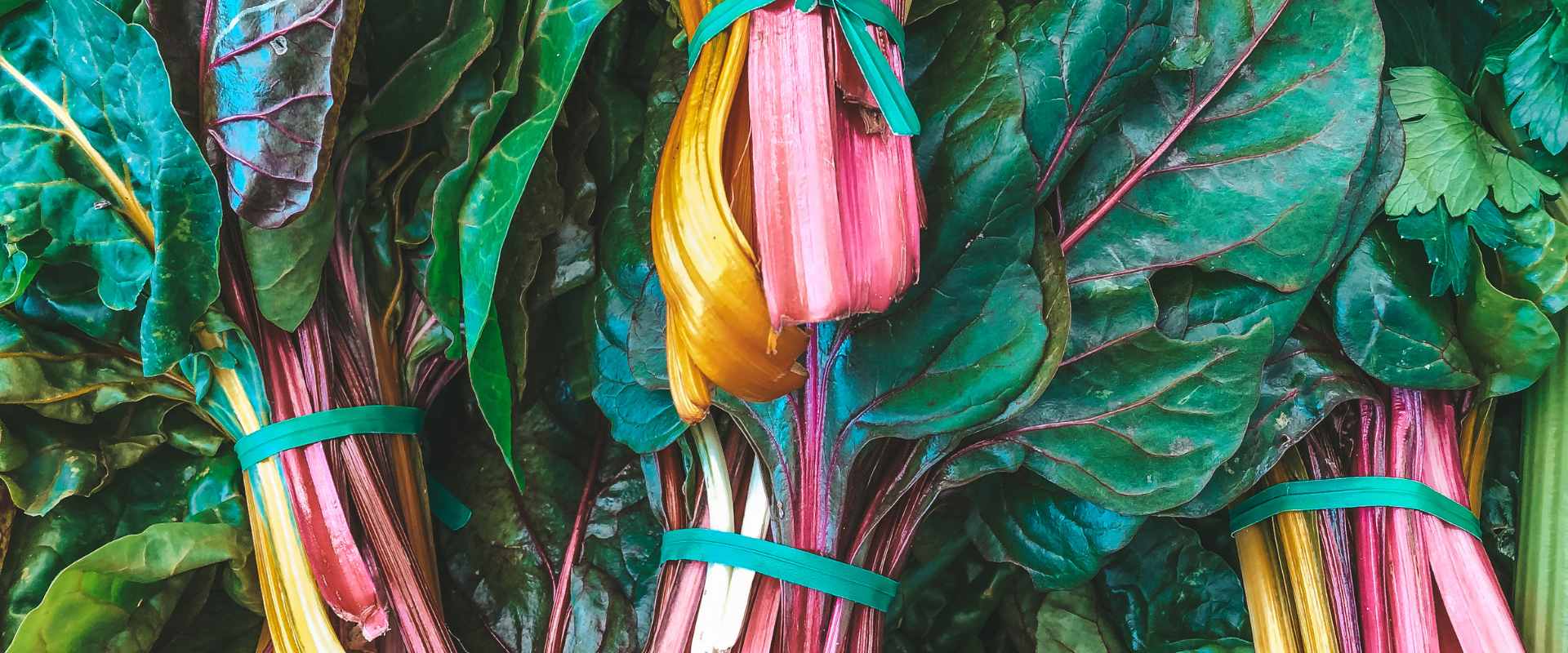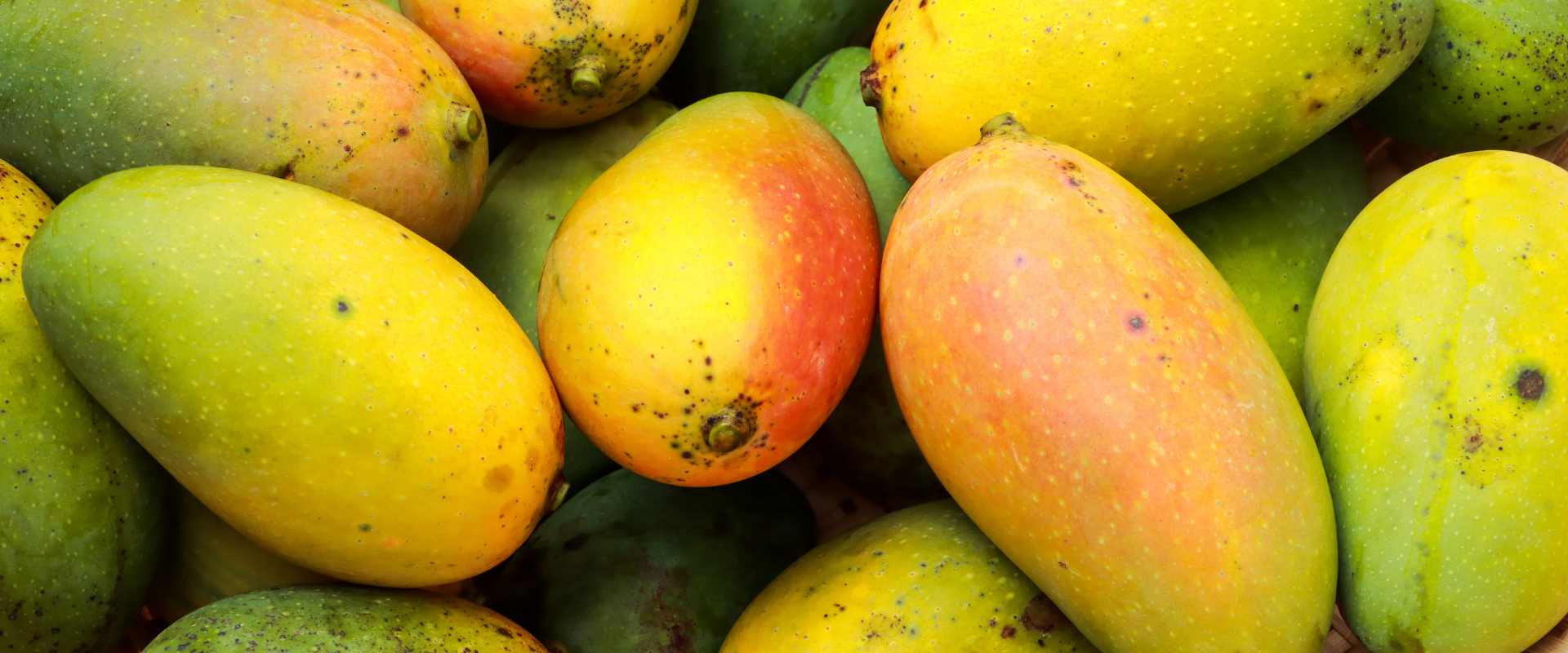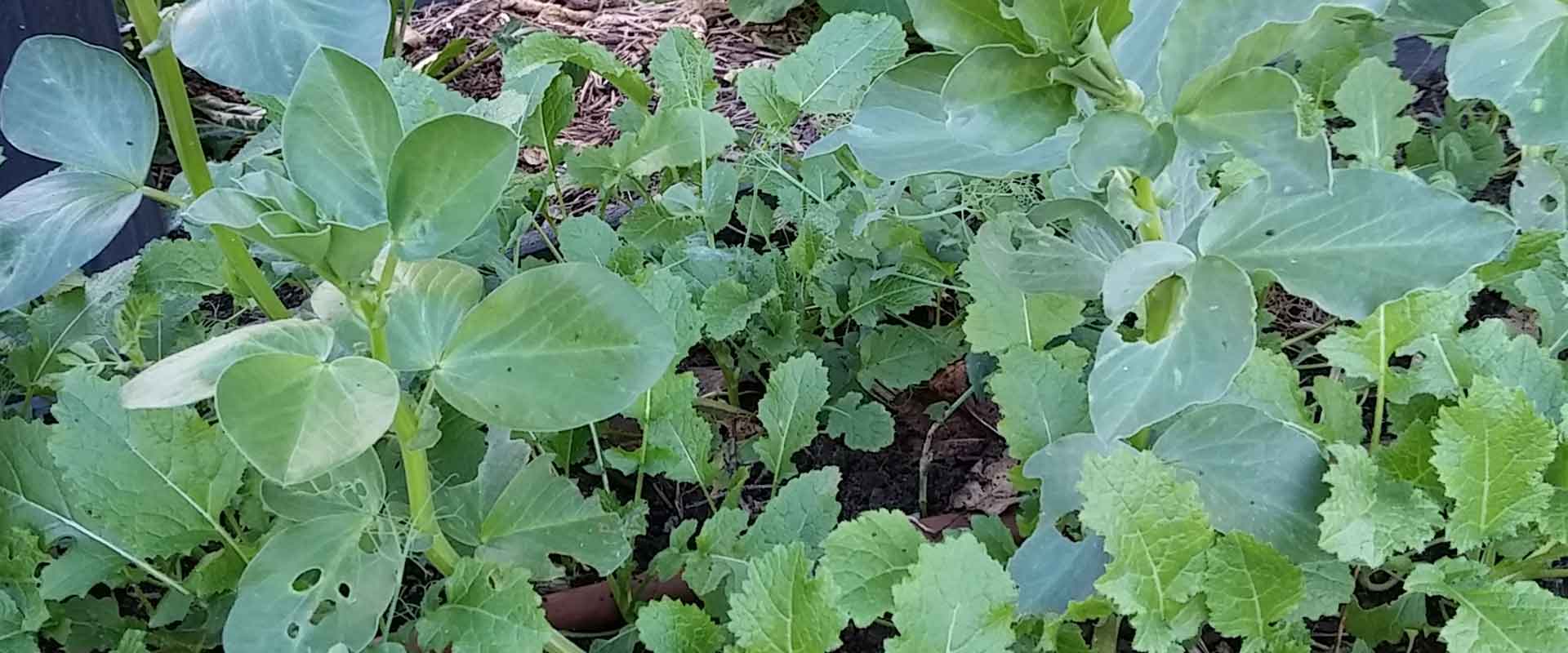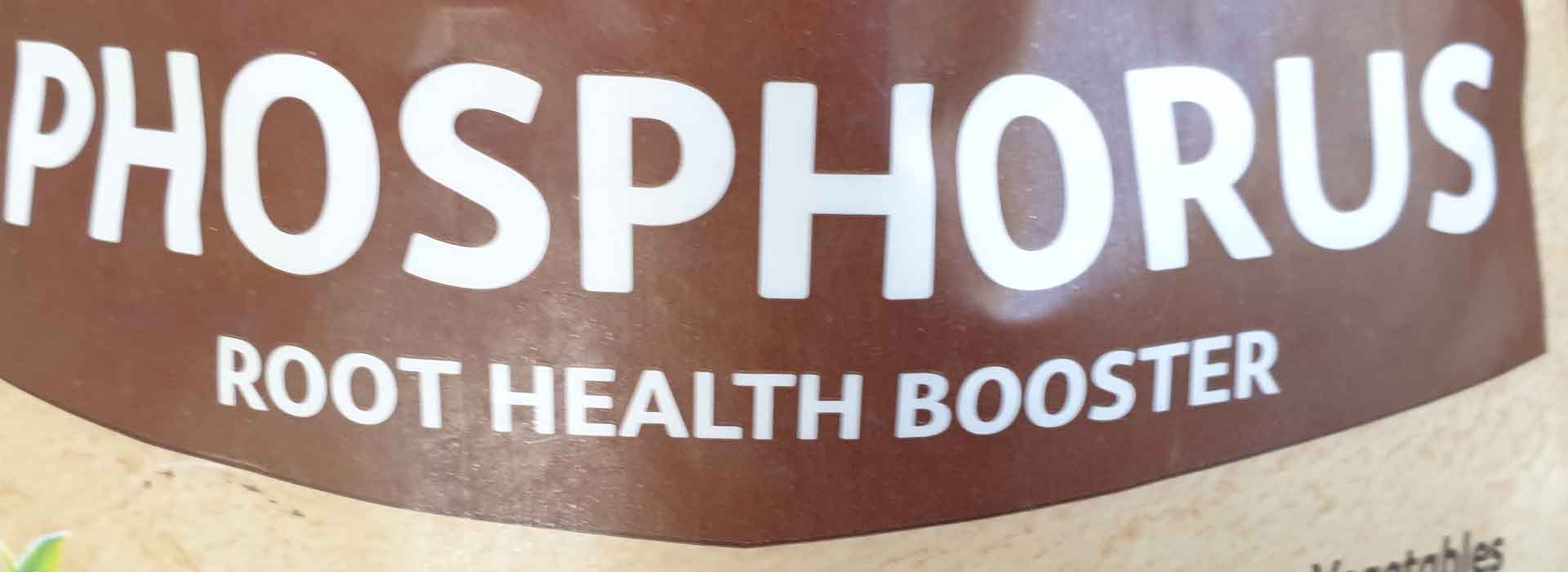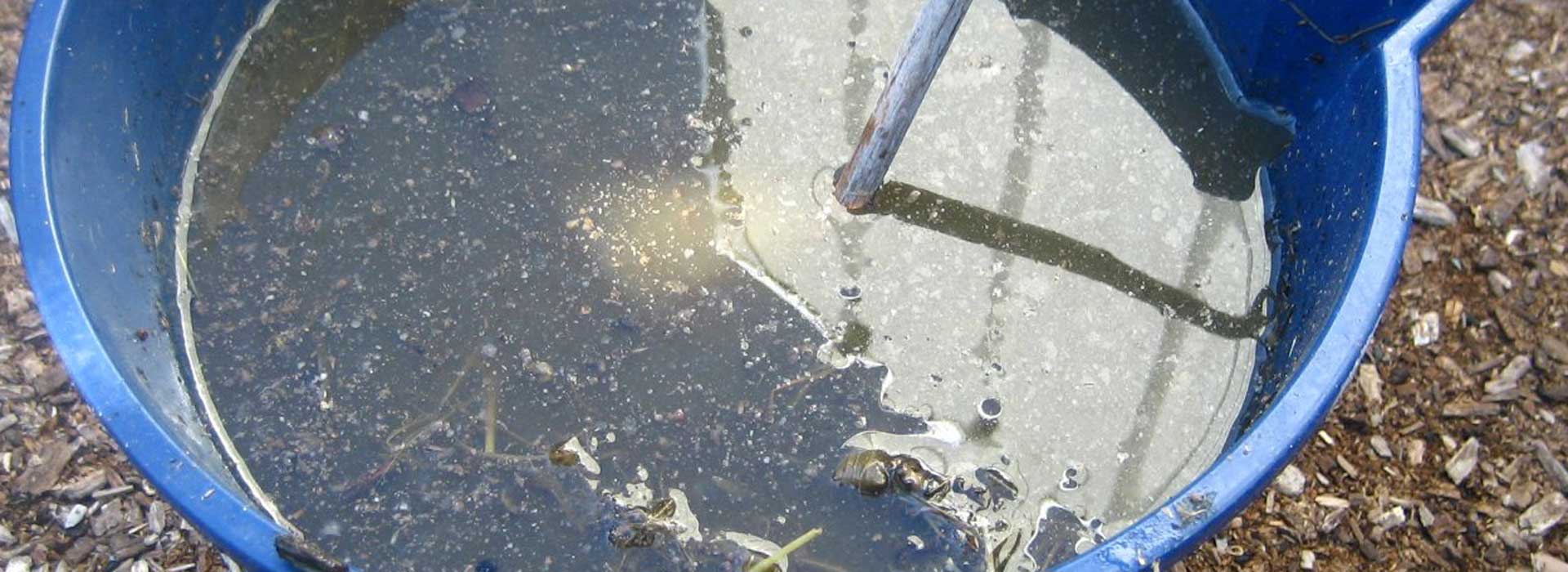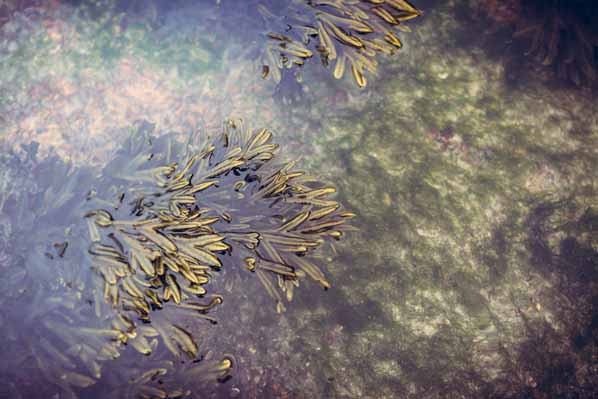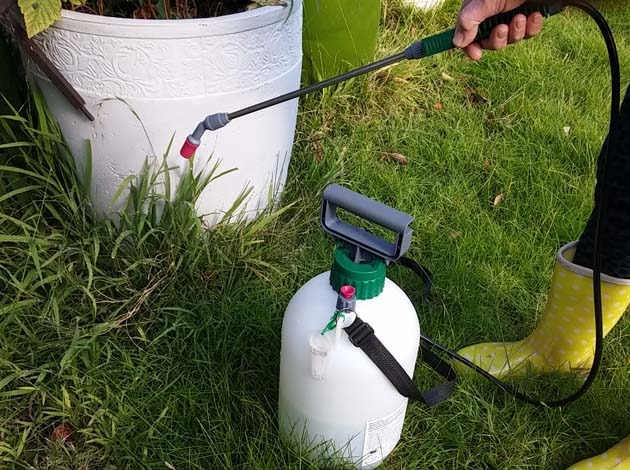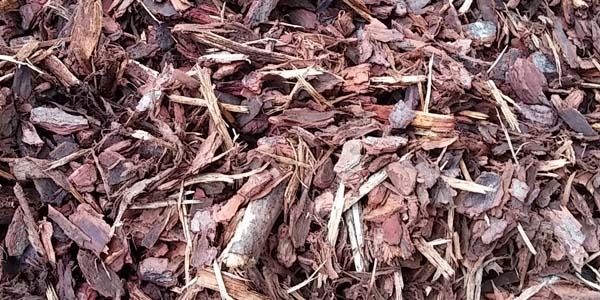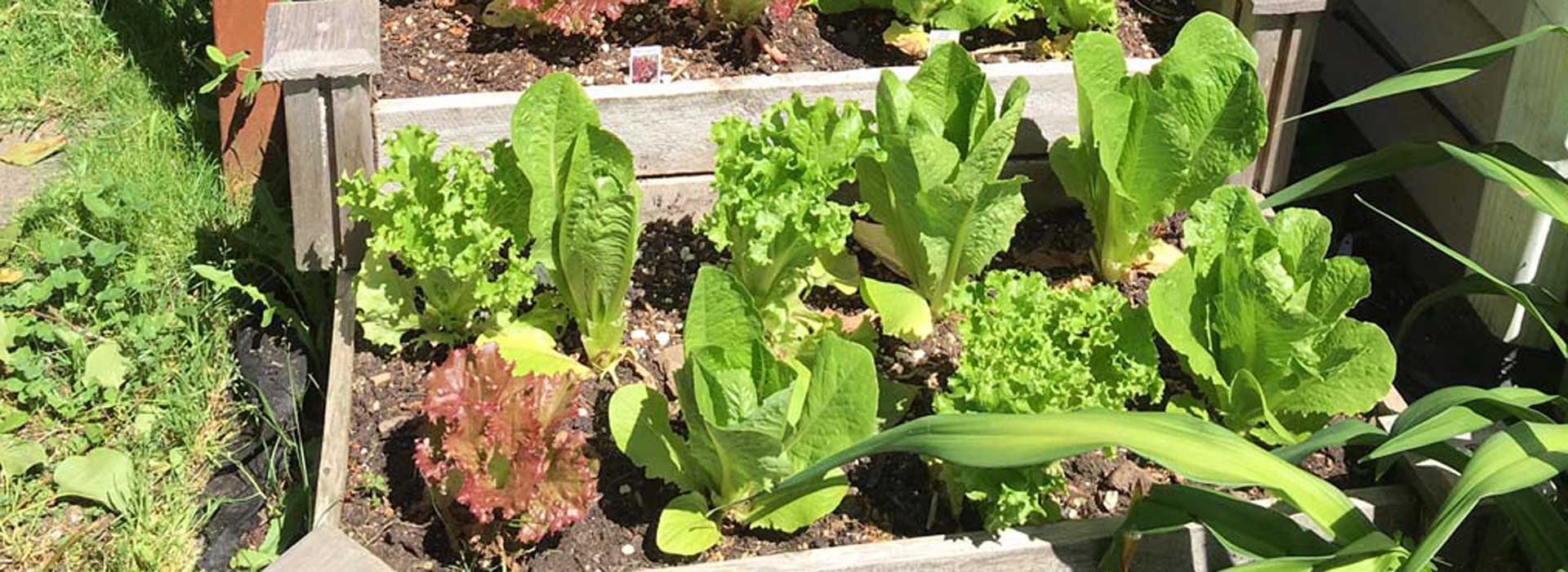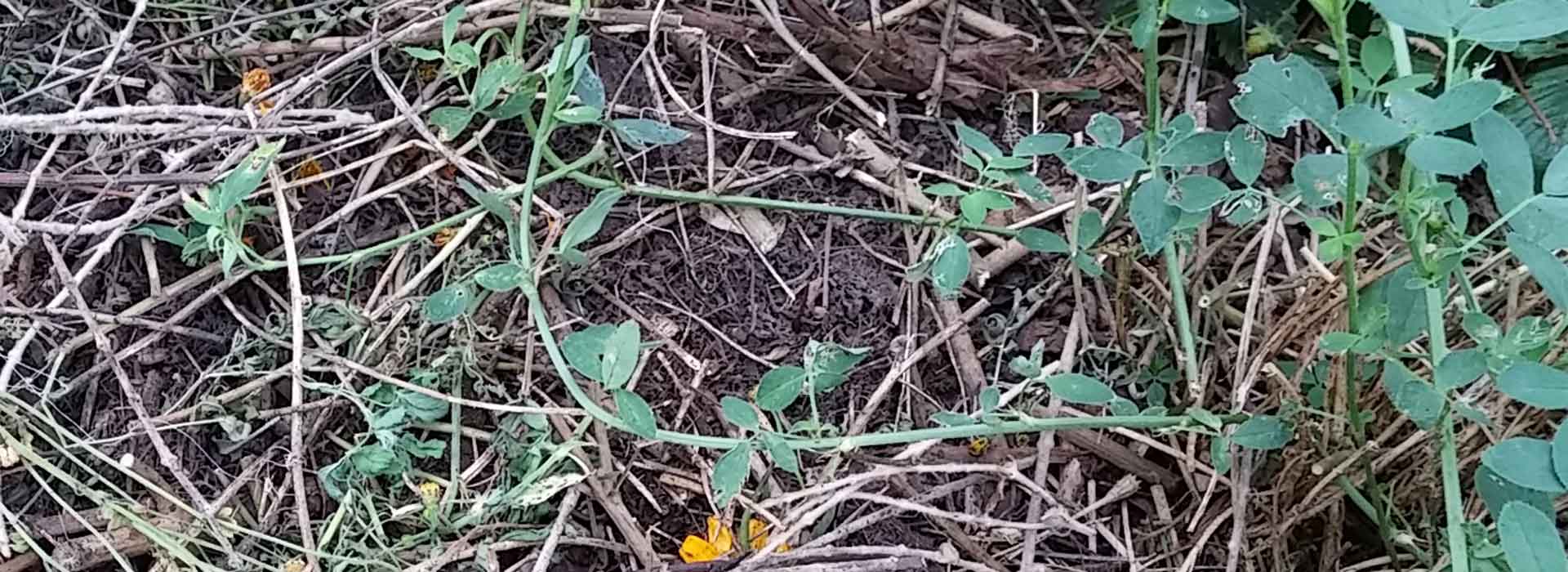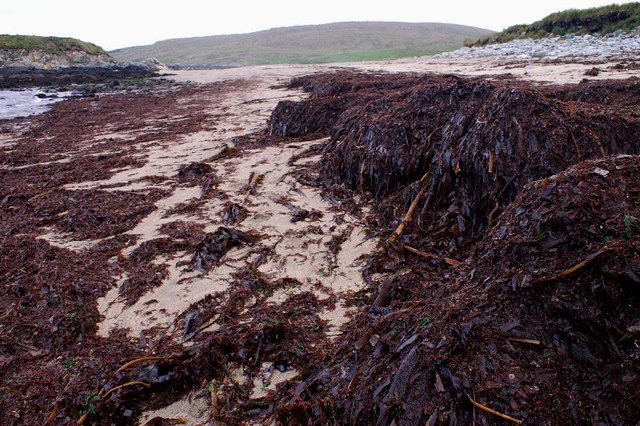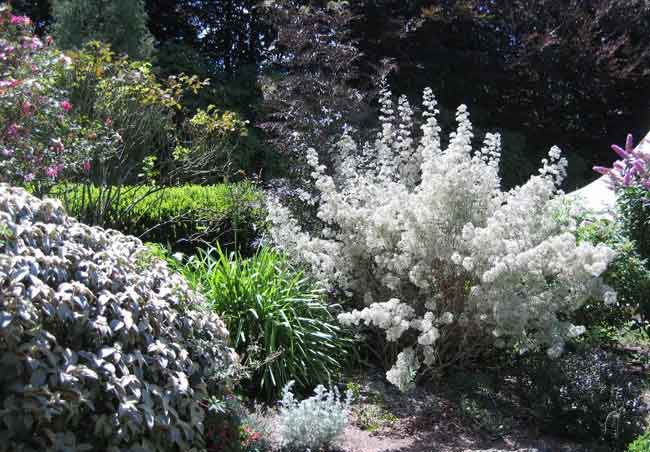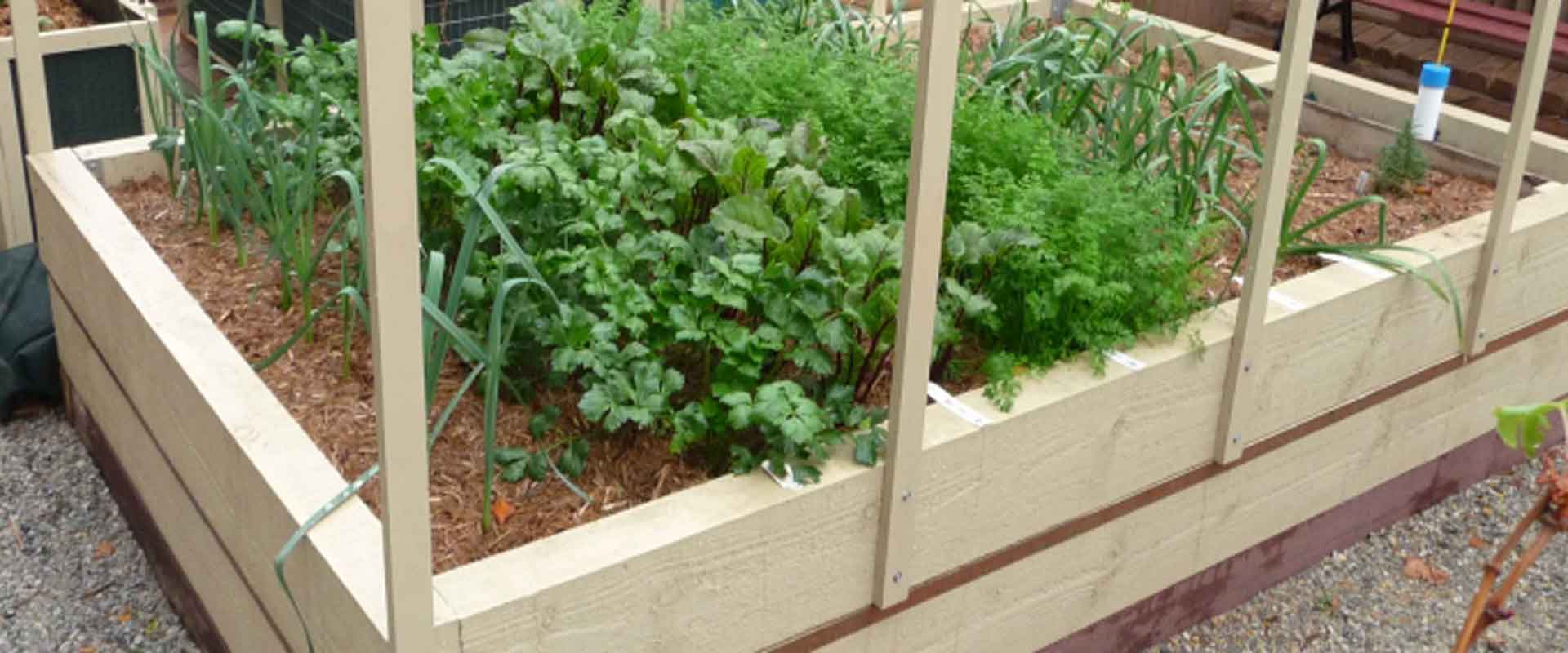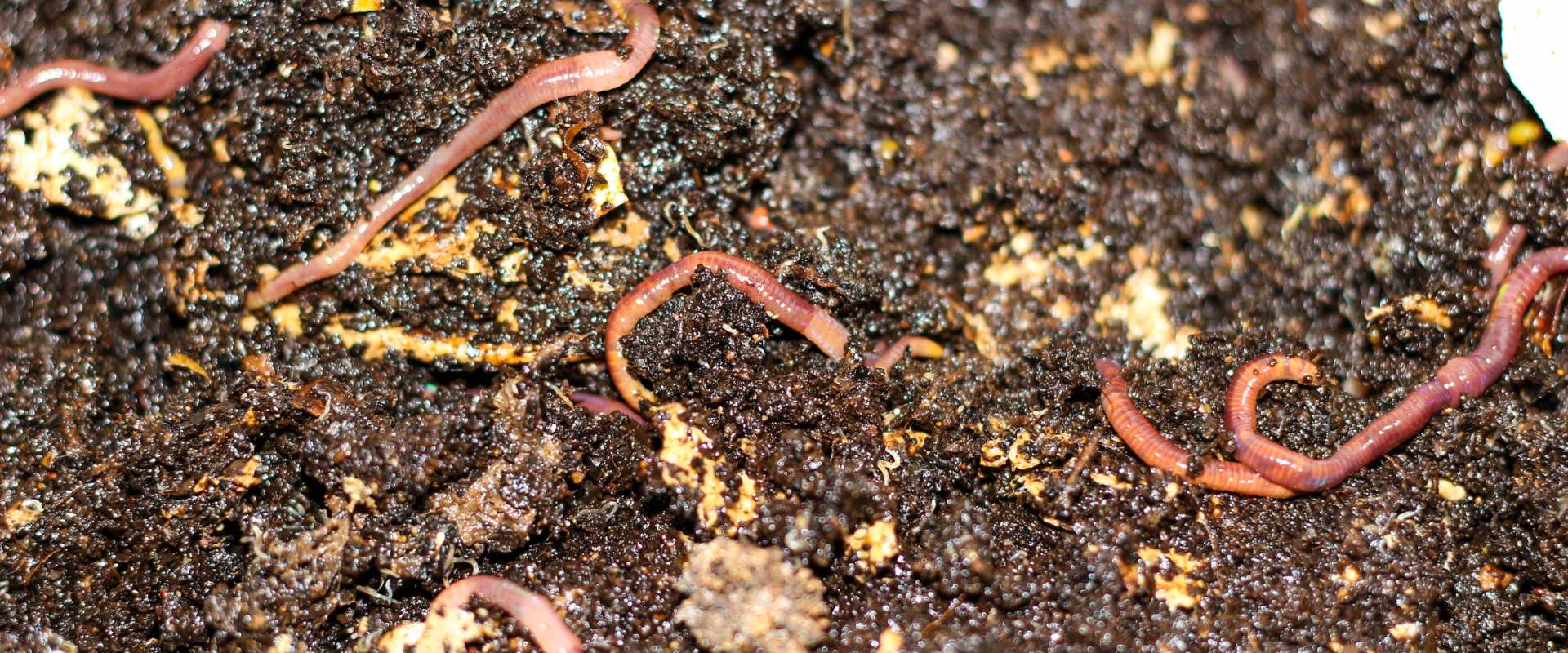Fertility is probably the aspect of gardening that concerns a lot of us most. And rightly so, since without nutrients plants won’t grow – especially if we are attempting to grow ‘hungry’ plants, like annuals, bulbs and edibles. Unfortunately, this sometimes means our first thought is to buy liquid fertilisers and pour them on. But this probably does more harm than good. Do we know what the particular plant needs? What is the best type of fertiliser? Is a fertiliser actually going to do some harm?
Growing plants in the appropriate spot, with the right soil pH, water, light and soil preparation can make a world of difference to the amount of supplementary feeding plants require, and this should always be the first things to consider.
However, if your plants need more tucker, you may wish to consider a fertiliser. But what sort will be best? A good rule of thumb is to choose something solid that will release nutrient slowly. Manures and worm castings are good first choices and fit in with organic and permaculture gardening principles.
But if you don’t have chooks or cows, you will need to buy something. Granular or pelleted material such as commercially available manures, blood and bone with rock dust supplement or specially formulated pellets are best if you want sustained fertility.
If your plants really need a quick lift then liquid fertilisers are the go. Products made from natural materials or from recycling natural materials are most sustainable. Excessive use of these is a waste of money and does harm because some of it will just flow right through the soil and find its way into storm water drains and to waterways. Here, the nutrient enrichment can encourage toxic algal blooms.
SGA hopes to be able to extend WiseGardening – Choices to Protect You and the Planet to provide ratings for commercially available garden fertilizer products.
More information about fertility and fertilisers is found on links below:
The Importance of building soil health for a biodeverse, productive garden
Creating a thriving garden that not only sustains itself but also contributes…
February In Your Patch
Because it is warmer than summers 10 years ago, you might need to change what…
April In Your Patch
The perfect month for chocolate lovers and practical jokers alike, April is…
June in Your Patch
Ok, it’s official, winter is upon us. And while it may seem easier to curl up…
August In Your Patch
Days are getting longer, but not yet much warmer. Plants sense the changes in…
December In Your Patch
Life really starts ramping up festive wise at this time of year, so it is…
Green Manure
If you have a bit of space in your garden, growing green manures or cover crops…
All about Mulch – Video
Wrap your soil up in a blanket of mulch to conserve water use, add nutrients,…
Using Phosphorus Sustainably in Gardens
It is widely known that root vegetables need phosphorus to grow well, but is it…
Compost, Worm and Weed Teas
If you are a gardener who tries to reduce your impacts on the natural…
Seaweed as Fertiliser Pt. 2
Seaweed products are valuable sources of fertility for garden soil. Click on…
Seaweed as Fertiliser Pt. 1
Seaweed is a valuable source of minerals which are necessary for plant growth.…
Feeding Your Plants
Gardening is a bit like life really... the more you know, the more you know you…
Are glyphosate products safe to use?
Unless you follow the news in detail you might not know about current debates…
Could manures, composts or mulch damage plants?
As sustainable gardeners we are probably relying quite a bit on commercially…
Tips for Starting an Organic Garden
Just beginning to garden on an empty piece of land? Or making over an existing…
To Chop’n’Drop or Not
If you haven’t heard about “chop’n’drop” you can probably work out roughly what…
Seaweed Extracts for the Garden
The term “seaweeds” here to refers to macroalgae – the kind you see clinging to…
Why Sustainable Gardening?
Some people might ask why SGA talks about sustainable gardening rather than…
The Living Soil
When I started experimenting with wicking beds a few years ago, I was concerned…
Worm Wicking – One Year On
Last August, I wrote an article for SGA about my first attempt at a Sustainable…
Worms and Worm Farms
So, most of us have had a pet of some sort over the course of our lives, our…
Sustainable Wicking Worm Bed
Progress Updated March 2013 When I built my first wicking worm bed 10 months…

